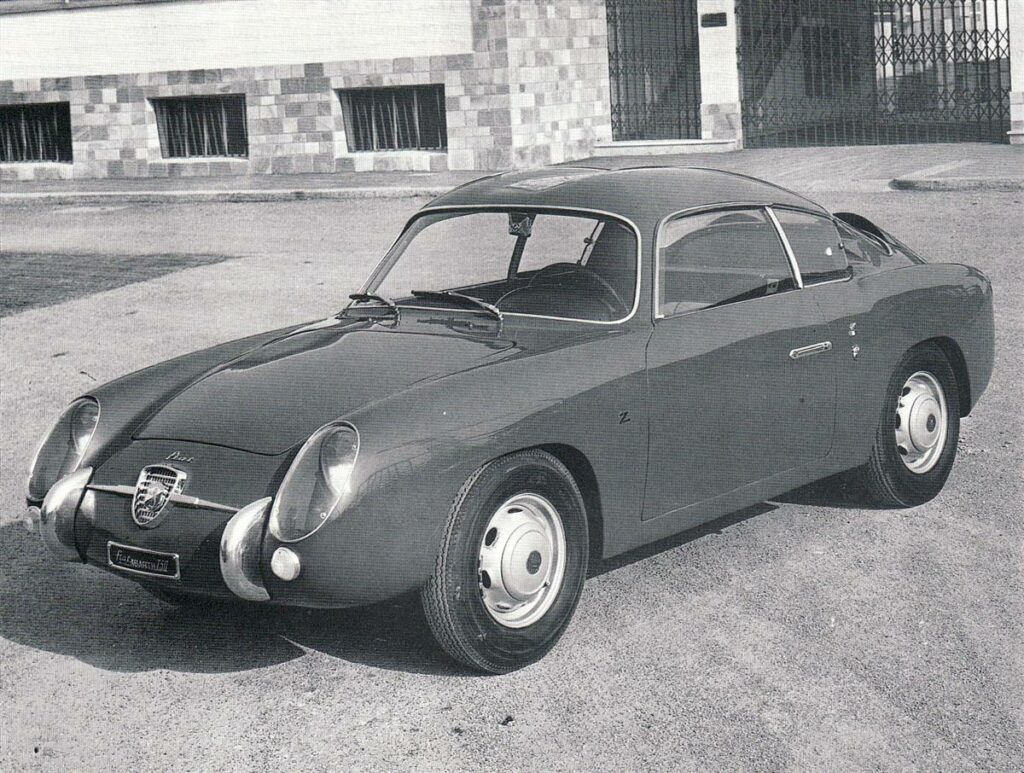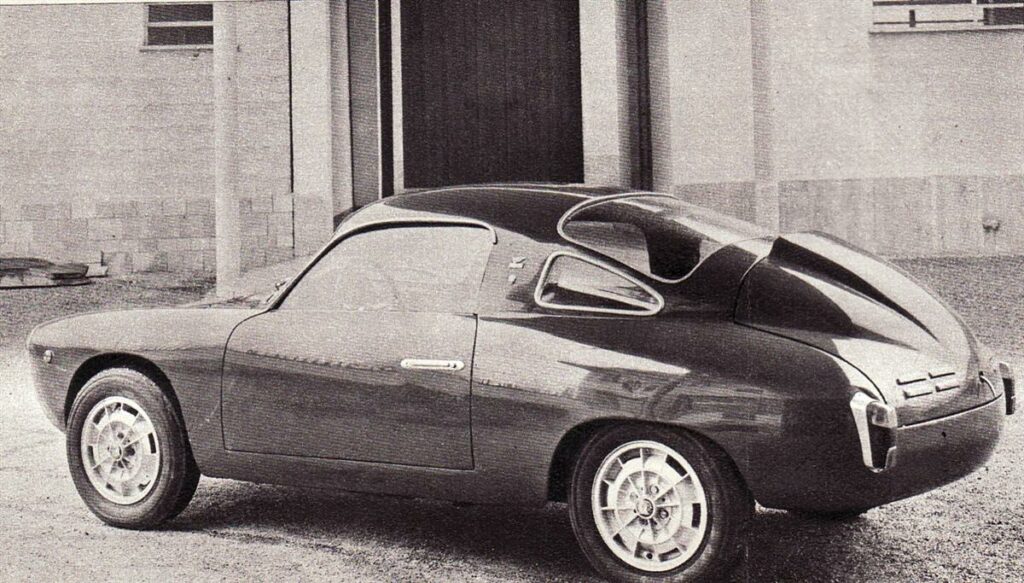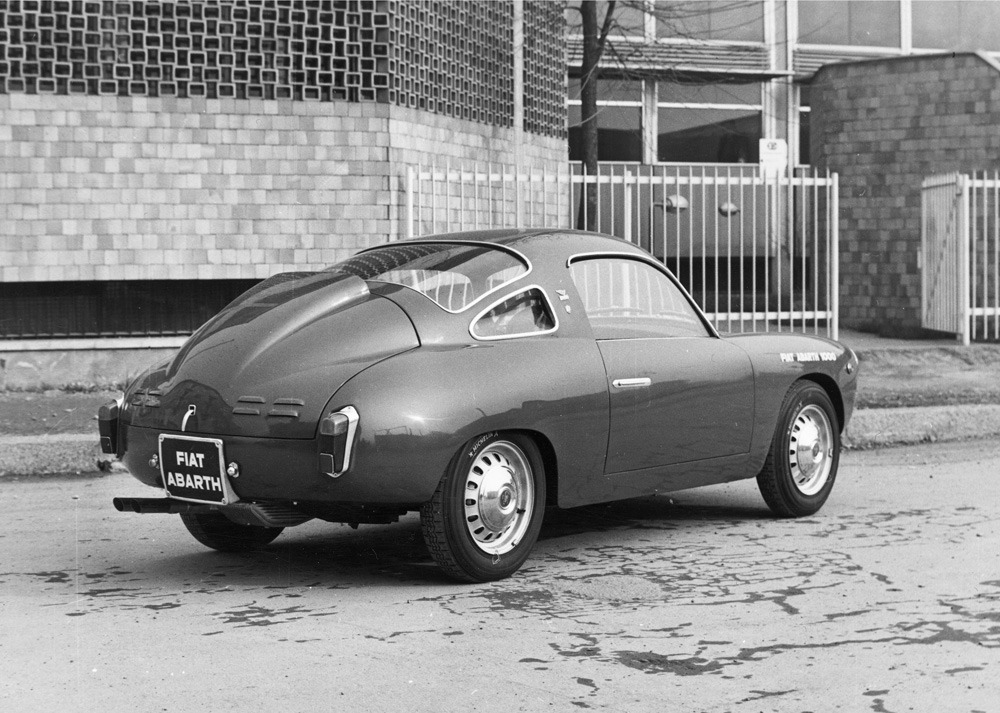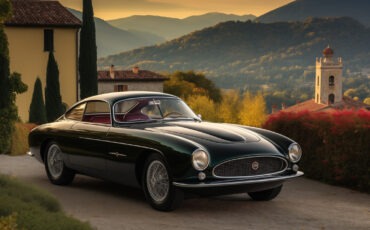
It is curious to know what happened in 1955 at the Geneve Auto Salon, when the “Casa dello Scorpione” presented its Fiat 600 Coupé coachbuilt by Boano. Zagato in other hand, introduced at the same show the 600 TS. Abarth soon realized that, in order to be more competitive in races, given the failures of 600 TX and 655 tuned by Faccetti, it needed a more powerful 750cc engine combined with a lightweight Zagato body.
That was the beginning of the first cooperation between Abarth and the milanese coachbuilder, resulting in a 750cc engine. At that time, the chassis were provided Fiat in deposit account, to be paid after being equipped and sold with an Abarth engine. Since the discreet success obtained by that model, Fiat began to provide chassis for Zagato on a regular basis.

In 1956 Zagato started to body those chassis, which sadly revealed on the first single “Gobba” version a serious engine overheating problem during races. A “double Gobba” was therefore experimented with the addition of a bood-scoop on top of it and a radiator under the front part of the engine. To improve furthermore the model, Fiat added disc brakes on the front wheels.
The test on a 1-liter engine, mounted on a race car, had just the purpose to evaluate its possible adoption on a Gran Turismo. At the 1960 Salone dell’Automobile di Torino, Abarth unveiled in fact its newest creation, which would have gained many and many successes in the future. In 1961, considering the race results, air-scoops were modified, a bigger radiator was mounted and disk brakes were adopted also on the rear wheels.

The 1962 World Cup was won by the 1000 with Abarth body (“bialbero” version). In those same years, Zagato was overloaded with work and couldn’t provide bodies for Abarth. For this reason, the “Casa dello Scorpione” produced his own bodies, differing just for the position and the material of the headlights. The same engine was mounted on a series of Record Monza, which benefit of a new body improved by Ercole Spada, who was new in Zagato.
The result was such a successful car, which managed to win the prestigious design prize “Compasso d’Oro“. The explanation was “for the excellent quality of the design, the daring solutions and the cleverness showed in every detail”. That was the top of Abarth-Zagato cooperation, and sadly, the end of it.


